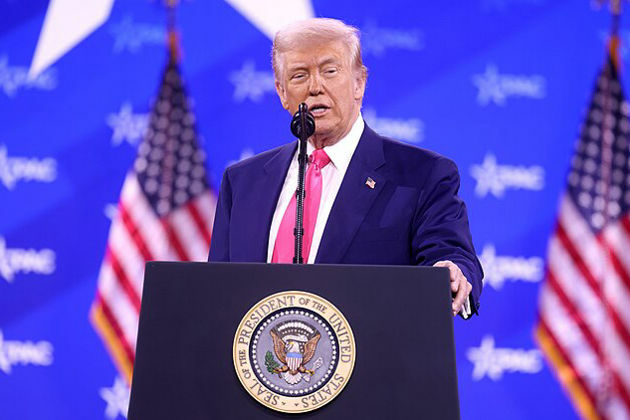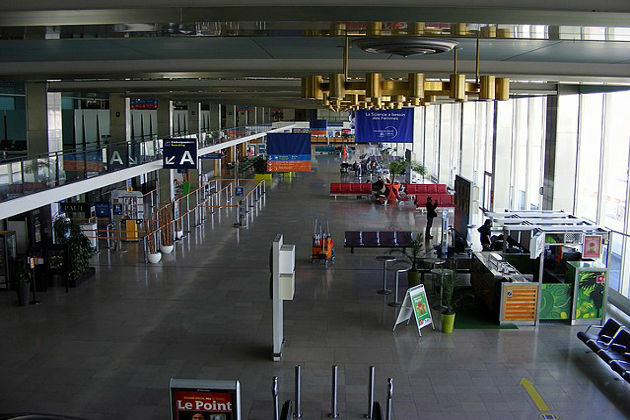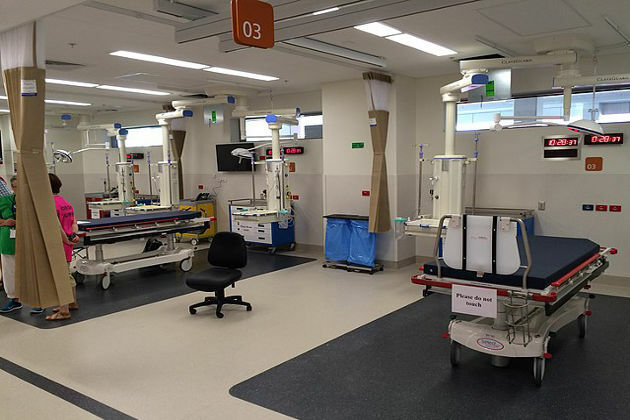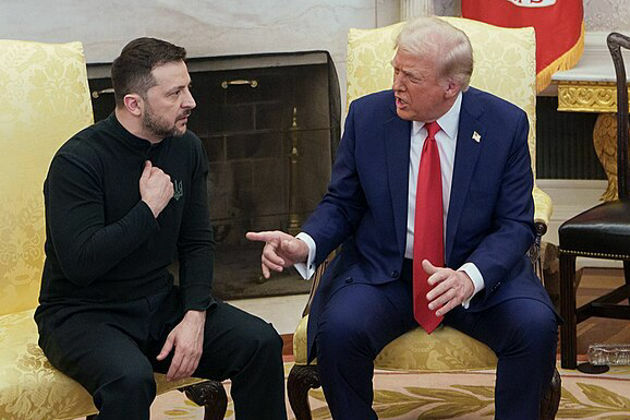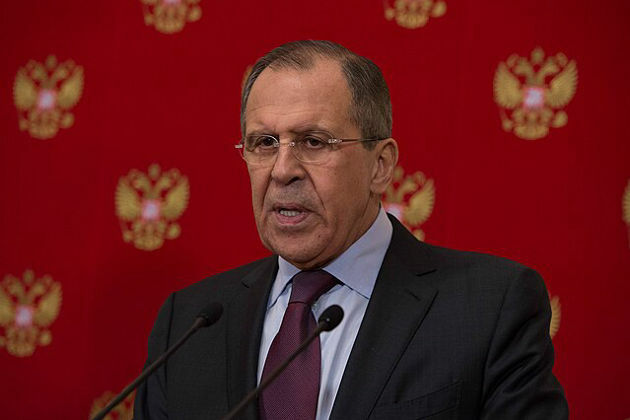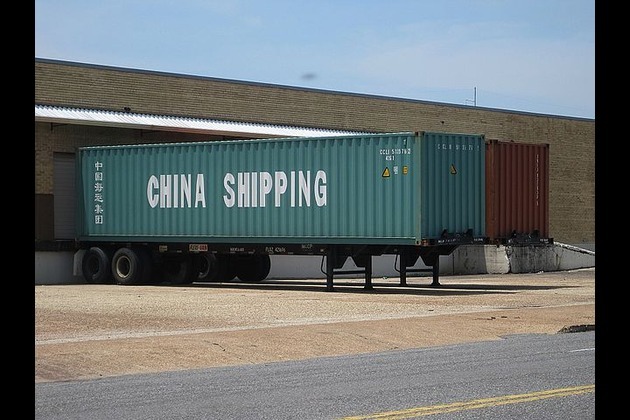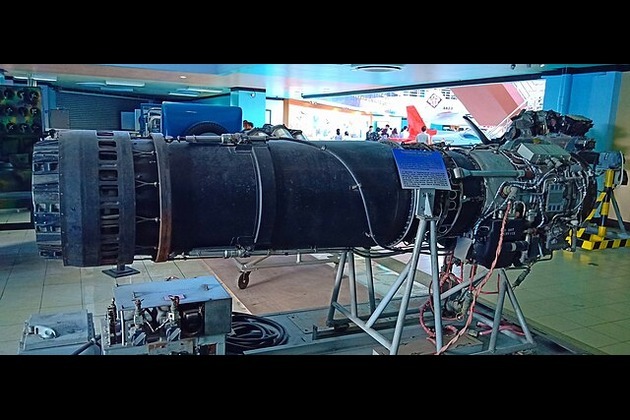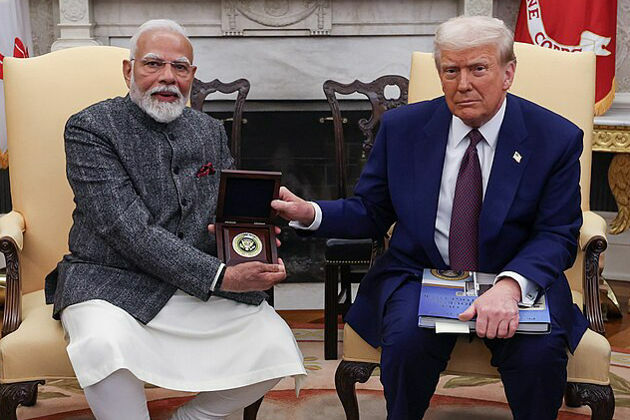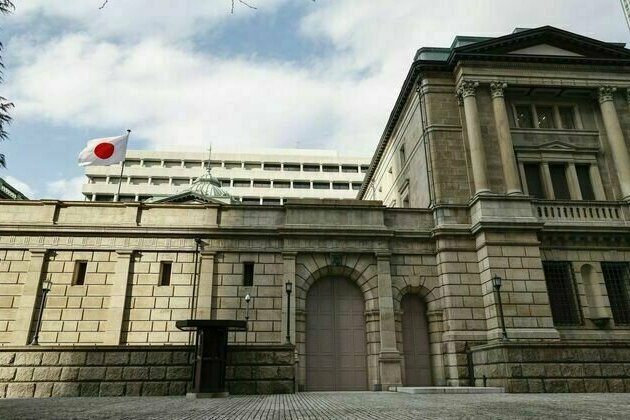Why is Australia buying hundreds of missiles?
The Conversation
22 Mar 2023, 02:08 GMT+10
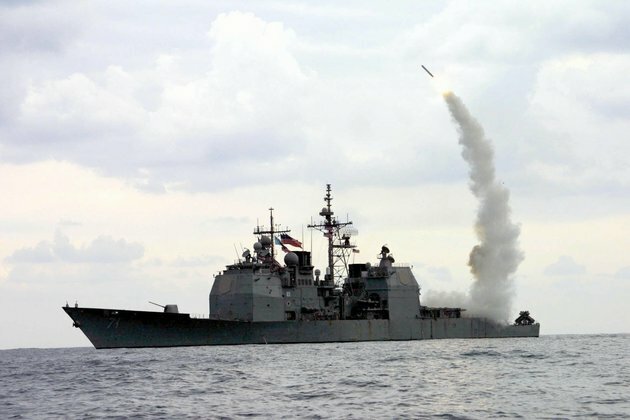
Flying under the radar of last week's AUKUS submarine announcement was the revelation that the United States had agreed to sell Australia up to 220 Tomahawk cruise missiles.
This follows Australia's purchase in January of "high mobility artillery rocket systems", known as HIMARS, which have been used by Ukraine on the battlefield in response to Russia's invasion.
And in 2020, the US approved the sale of up to 200 long-range anti-shipping missiles (LRASM) to Australia.
But what are these missiles, and what purpose do they serve?
Do they contribute to an evolving arms race within the Indo-Pacific?
Read more: AUKUS submarine plan will be the biggest defence scheme in Australian history. So how will it work?
What are these missiles?
Tomahawks
Tomahawks are long range, subsonic (that is, slower than the speed of sound) cruise missiles. They're designed to strike targets on land at long-range, around 1,600km.
Newer Tomahawk variants, such as those being purchased by Australia, can also strike moving targets at sea. These missiles have been used in combat over 2,300 times.
They will be deployed on three Australian warships, known as Hobart class destroyers. These ships are primarily designed to defend the navy from aerial threats such as aircraft and missiles, but adding Tomahawks would allow them to strike targets on land or sea.
What's more, the Virginia class nuclear-powered submarines Australia is purchasing from the US under the AUKUS agreement are also capable of launching Tomahawks. It's safe to assume Australia's future AUKUS class nuclear-powered submarines will also be able to deploy Tomahawks.
This would provide Australia with a potent deterrent. It would mean Australia could conduct long-range precision strikes against potential adversaries, using a stealthy platform that would be extremely difficult to detect.
LRASM
Australia's purchase of long range anti-shipping missiles (LRASM) is intended to increase the strike range of two types of Australia's fighter jets. This would allow Australia to accurately strike hostile shipping at long range.
They will replace Australia's ageing Harpoon anti-shipping missile. They have a range of about 560km, which is approximately four times greater than the Harpoon.
This capability is highly desirable given that, in the event of a regional conflict, the greatest threat to Australia is a blockade of its key trade routes.
HIMARS
Unlike the two missiles discussed above, high-mobility artillery rocket systems (HIMARS) are artillery systems for battlefield use. They use rockets instead of shells.
The advantage of rocket artillery such as HIMARS is threefold:
It can provide greater range than "conventional" artillery, which generally speaking maxes out around 20-30km. It can strike targets ranging from 70km-300km away from the launch point, depending on the munition used.
It's precise, minimising collateral damage.
It's highly mobile. Troops can quickly fire its munitions, and then promptly relocate, which decreases an opponent's ability to hit it with counterfire.
Why does Australia need them?
Australia has had a gap in long-range strike capabilities, arguably since it retired the F-111 long range strike aircraft in 2010.
The F-111 could fly up to about 6,000km, but the aircraft brought in to replace the F-111 have significantly lower ranges. The F/A-18F has a range of 2,700km, while the F-35A is even worse off, with a range of only 2,200km.
What's more, these are the ranges aircraft can fly in a non-combat environment (for example, cruising in a straight line). Their range is far lower in a combat scenario.
So the addition of long range, precision strike missiles allow these platforms to pack greater punch at longer distances.
In particular, the Tomahawks and LRASM allow aircraft and warships to launch the missiles further from potential danger. This is particularly important as countries such as China are heavily investing in military systems designed to prevent access and freedom of operation in contested waters such as the South China Sea, a strategy referred to as Anti-Access/Area Denial, or "A2AD".
Crucially, these missiles (within the broader context of other defence procurements) offer Australia two things. Firstly, they provide an increased deterrent in an increasingly turbulent region.
If Australia can hold key targets under threat, then a potential adversary is less likely to undertake a hostile action, or at the very least think more carefully before doing so.
It also facilitates what's called "interoperability" with key allies such as the US, so Australian and US forces can operate more easily in a joint manner if need be.
Secondly, these platforms allow Australia to have our own "A2AD" capabilities. While an invasion of Australia is extraordinarily unlikely, it's possible an adversary may try to block shipping routes to prevent our people and/or goods from free navigation (a naval blockade). Or, they may attempt to close strategic chokepoints and navigation routes to Australia's north, such as the Malacca Strait.
Having the ability to strike targets at long range holds those undertaking such actions under threat, increasing the difficulty in sustaining a blockade, or making it unappealing to attempt to do so due to high potential costs.
Of course, these systems also come with significant costs. The purchase of approximately 220 Tomahawks will cost A$1.3 billion, while 20 HIMARS launchers and missiles attracts a bill of $558 million. About 200 LRASMs costs a further $1.47 billion.
Read more: China's military might is much closer to the US than you probably think
Contributing to an arms race?
There is a question about whether these purchases contribute to a regional arms race. There's no doubt China is rapidly building its military capabilities, and this is making other countries in the region apprehensive about the long-term purpose of such an arms build-up.
Even if China held no hostile intentions within the region, it's prudent for states such as Australia to be able to defend themselves and their interests, just in case.
While many are decrying the enormous outlay for submarine procurement under AUKUS, and others are criticising Australia for being subservient to US interests or "warmongering", the reality is that all states maintain offensive and defensive capabilities just in case the worst happens. In other words, we hope for the best, but plan for the worst.
Deterrence is a foundational concept of international relations, and these purchases are Australia maintaining its ability to deter potential adversaries. It's not about warmongering, but about being ready just in case the worst occurs.
Author: James Dwyer - Associate Lecturer, School of Social Sciences, University of Tasmania 
 Share
Share
 Tweet
Tweet
 Share
Share
 Flip
Flip
 Email
Email
Watch latest videos
Subscribe and Follow
Get a daily dose of Shanghai Sun news through our daily email, its complimentary and keeps you fully up to date with world and business news as well.
News RELEASES
Publish news of your business, community or sports group, personnel appointments, major event and more by submitting a news release to Shanghai Sun.
More InformationInternational
SectionTrump defends use of 'Shylock,' citing ignorance of slur
WASHINGTON, D.C.: President Donald Trump claimed he was unaware that the term shylock is regarded as antisemitic when he used it in...
Summer travel in chaos as French air traffic controllers walk off job
PARIS, France: A strike by French air traffic controllers demanding improved working conditions caused significant disruptions during...
Congress weighs Medicaid cuts, sparking alarm in small-town hospitals
OMAHA, Nebraska: With Congress considering cuts totaling around US$1 trillion to Medicaid over the next decade, concerns are rising...
Gas station blast injures 40 in Rome, kids narrowly escape
ROME, Italy: Quick thinking by emergency responders helped prevent greater devastation after a gas station explosion in southeastern...
Weapons pause by Trump signals shift away from foreign wars
WASHINGTON, D.C.: President Donald Trump is drawing praise from his core supporters after halting key arms shipments to Ukraine, a...
Moscow removes Taliban from banned list, grants official status
MOSCOW, Russia: This week, Russia became the first country to officially recognize the Taliban as the government of Afghanistan since...
Asia Business
SectionBeijing hits back at EU with medical device import curbs
HONG KONG: China has fired back at the European Union in an escalating trade dispute by imposing new restrictions on medical device...
Trump admin allows GE to restart engine sales to China’s COMAC
WASHINGTON, D.C.: The U.S. government has granted GE Aerospace permission to resume jet engine shipments to China's COMAC, a person...
Trump signals progress on India Trade, criticizes Japan stance
WASHINGTON, D.C.: President Donald Trump says the United States could soon reach a trade deal with India. He believes this deal would...
Bank lending in Japan climbs 2.8% YoY in June
TOKYO, 8th July, 2025 (WAM) -- The Bank of Japan announced on Tuesday that overall bank lending in Japan rose by 2.8 percent year-on-year...
Nifty, Sensex open flat in red as Trump tariffs take centre stage, investors await clarity
Mumbai (Maharashtra) [India], July 8 (ANI): Indian stock markets opened under pressure on Tuesday as concerns over US President Donald...
"Will take Opposition leaders into confidence on formation of corporations under Greater Bengaluru Authority": DK Shivakumar
Bengaluru (Karnataka) [India], July 7 (ANI): Karnataka Deputy Chief Minister DK Shivakumar on Monday said that the Greater Bengaluru...

